There’s nothing like a walk in a park, down a country lane, through woods and fields, by the sea or even in a leafy area of a town to lift our spirits and increase our feelings of wellbeing.
This National Walking Month find out the many benefits of putting one foot in front of the other as editor Jane Garton discovers.
Walking is a great way to get the 30 minutes a day of moderate physical activity experts recommend for health. It’s also one of the easiest activities to fit into your daily life – no pricy fitness club membership, no booking workout slots at your local gym, or buying expensive kit, although you may want to invest in a good pair of walking shoes. It’s also a great way to carve out some relaxing time to think your own thoughts or to share a healthy activity with friends or your other half.
Alongside the benefits of being in the open air, the impact on many areas of our health are also very positive.
Heart health:

Regular walking has been shown to reduce your risk of heart disease and stroke. It helps to lower levels of LDL (bad) cholesterol while increasing levels of HDL (good) cholesterol and keeps blood pressure in check.
Flexibility:
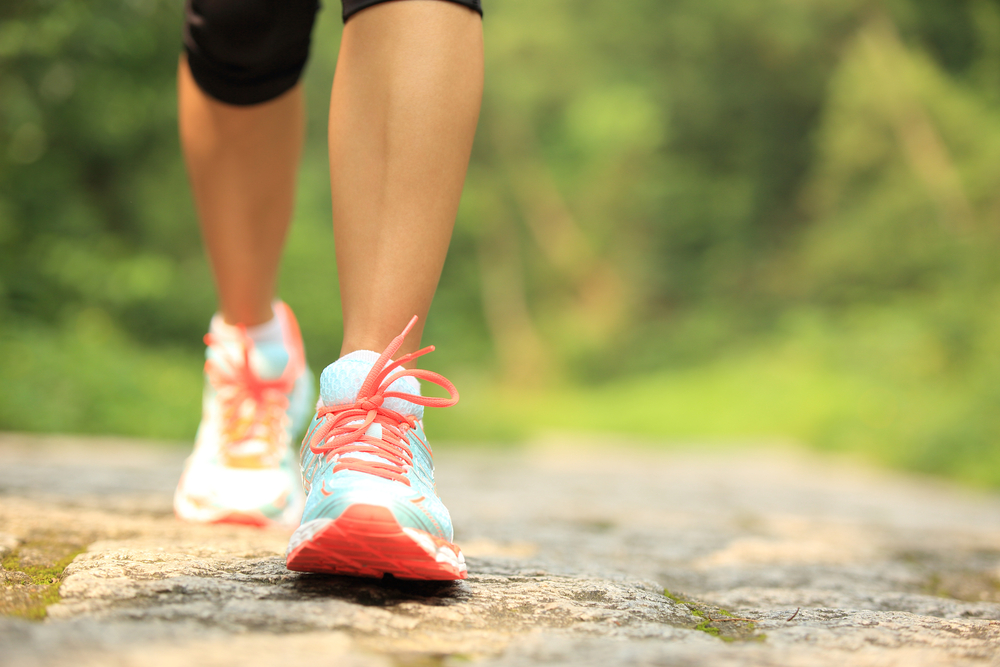
A daily walk helps the muscles and ligaments in your feet to work more efficiently keeping them supple and flexible. If your joints start to play up try a supplement of the herb devil’s claw to help reduce any pain and discomfort.
Weight loss:
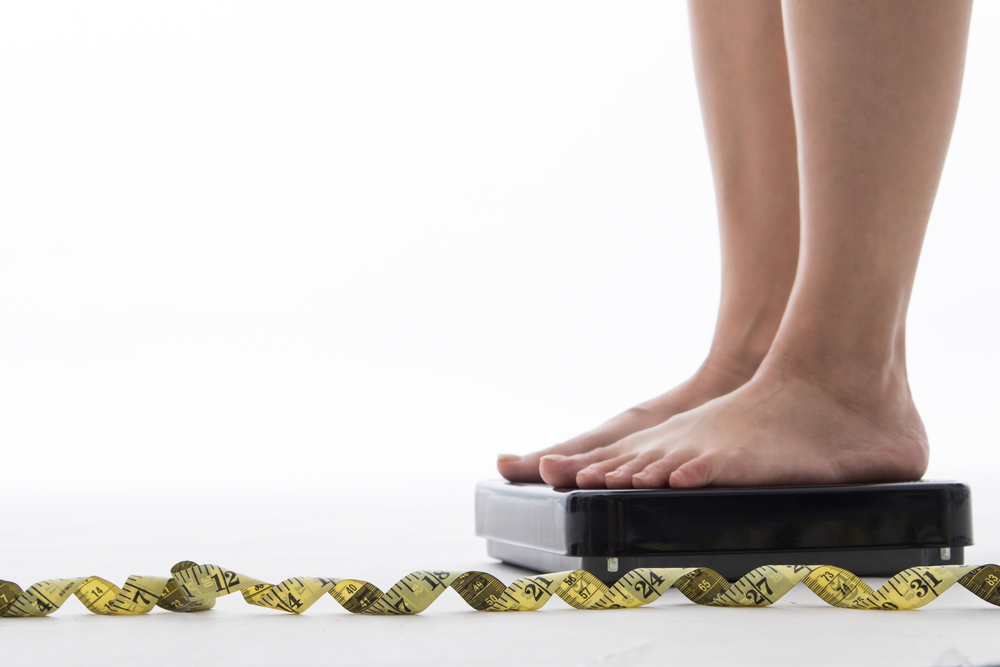
Adding an extra 20 minutes of walking a day to your usual daily activity is thought to burn more than 3kg of body fat a year.
Bone density:
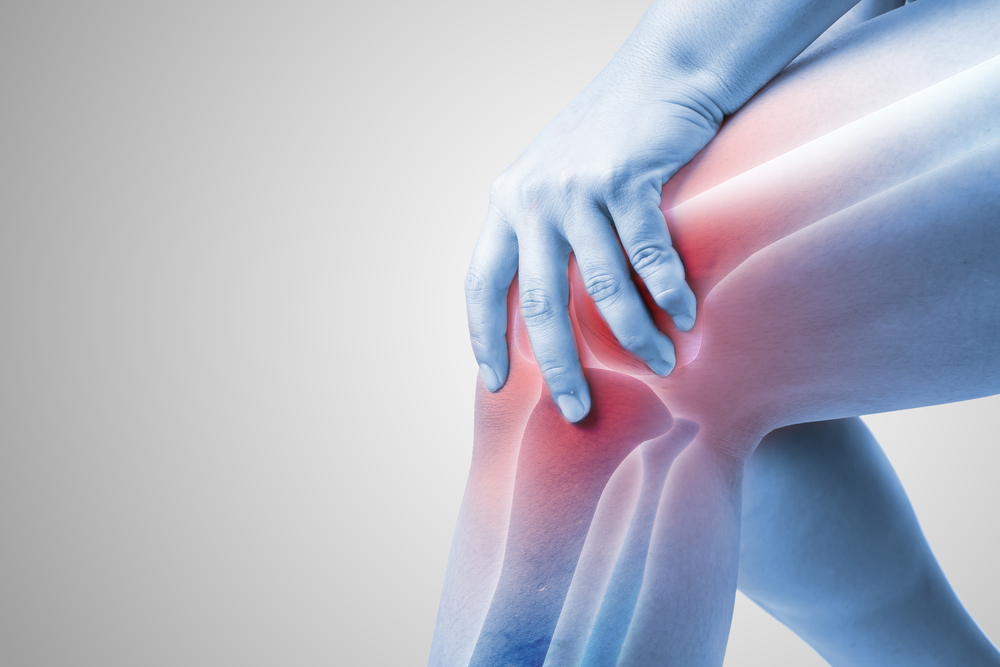
Walking counts as a weight-bearing activity. It stimulates and strengthens bones, increasing their density. It also helps maintain healthy joints so may protect against conditions such as arthritis.
Low mood:
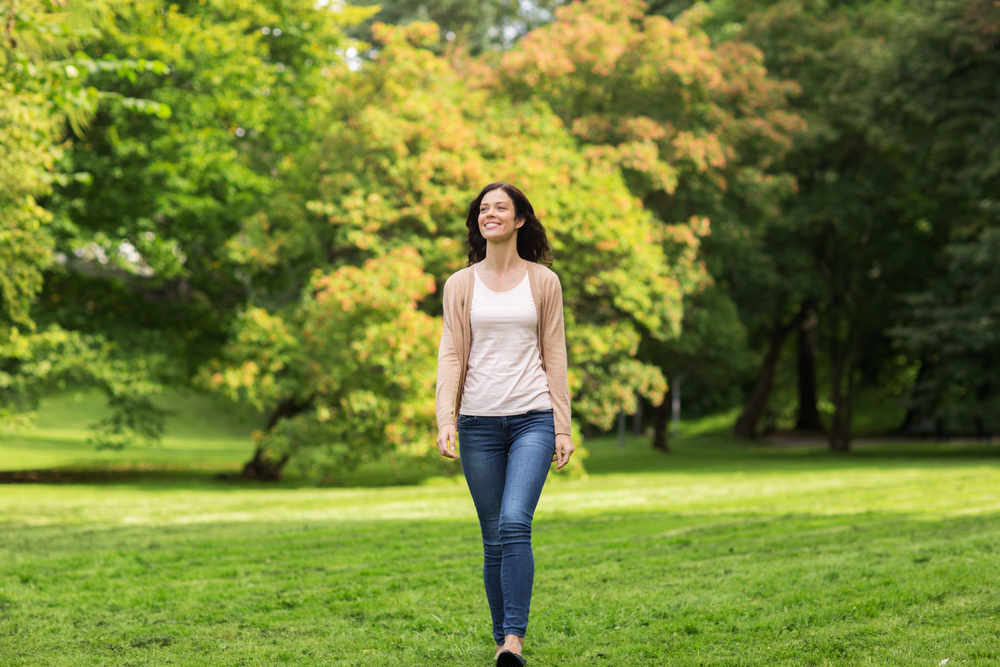
Studies have shown regular, moderate-intensity exercise (such as brisk walking) to be as effective as antidepressants in cases of mild-to-moderate depression. Getting active releases feel-good endorphins into the bloodstream, reducing stress and anxiety.
Walking can also be a social activity – joining a walking group or meeting friends to walk and chat is a great way to banish feelings of isolation and loneliness. A survey by the charity Mind found 83 per cent of people with mental health issues look to exercise to help lift their mood. For greatest benefit, they say, get active outdoors and in green spaces.
Energy stores:

A brisk walk is also one of the best natural energizers around. It boosts circulation and increases oxygen supply to every cell in your body, helping you to feel more alert and alive. It wakes up stiff joints and eases muscle tension so you feel less sluggish. Experience mid-afternoon energy slumps? Head out for a walk at lunchtime instead of sitting in a café or at your desk and see what a difference it makes.
The herb rhodiola is an adaptogenic herb, which means it helps the body to adapt to stress and restore equilibrium as well as improving energy levels. Try taking it in the mornings to feel the benefits throughout the day.
Vitamin D levels:
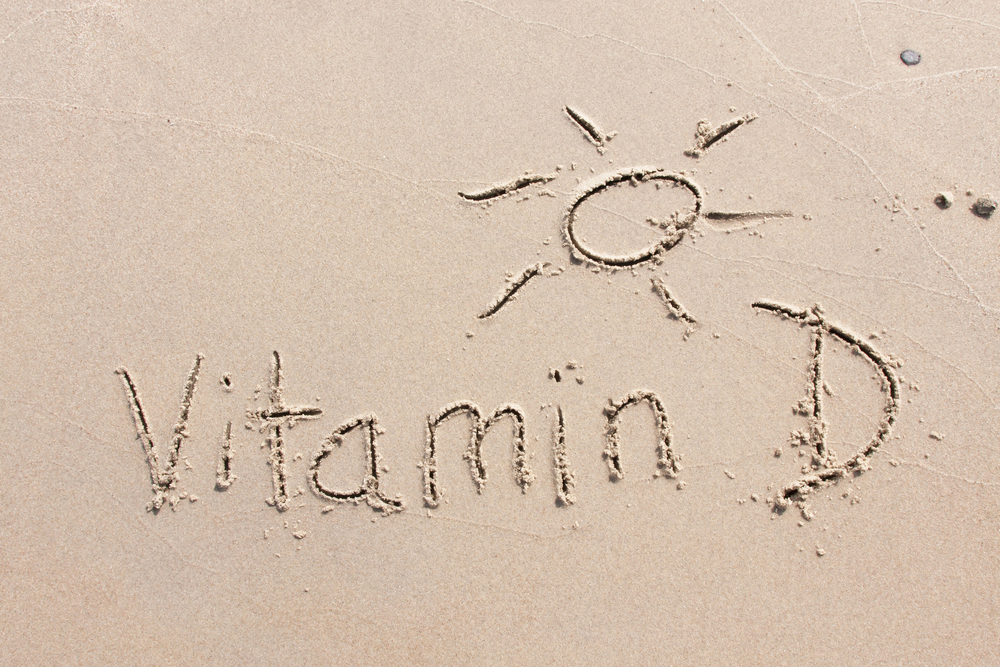
Walking in the sunshine is a great way to boost levels of vitamin D. Produced by the action of sunlight on the skin it is essential for healthy bones, muscles, teeth and immunity. The current Public Health England recommended intake of vitamin D is 10 micrograms per day for everyone aged over 4 years. If you think you could be lacking in this essential nutrient, consider taking a supplement containing Vitamin D to make sure you are getting your daily quota.
Your Walking kit:
- Wear a good pair of boots, shoes or trainers. Make sure they are comfortable, provide adequate support and don’t rub or give you blisters.
- If you’re planning on walking through muddy terrain, or for longer trails, you may want to invest in a good-quality pair of walking boots.
- Socks are also important as they will prevent blisters. Look out ones that don’t bunch up in your shoes and help take sweat away from your feet. Socks specifically designed for hiking are a good investment.
- Invest in some good windproof and waterproof layers to help you keep warm and dry.
- Always carry water, sunscreen, a hat (warm and woolly if it’s cold, a cap or sun hat with face protection if it’s hot or sunny) and sunglasses in your rucksack. If you are walking for longer than an hour or two, also consider taking an energising snack with you.
- If you are walking in the early morning or evening wear reflective clothing so you can be clearly seen in the dark.

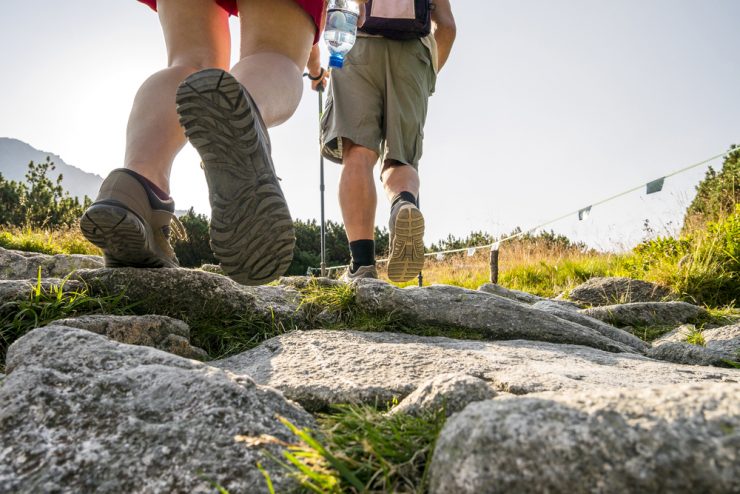

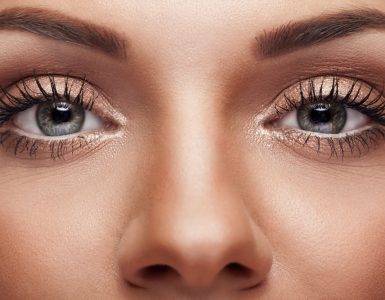











Add comment